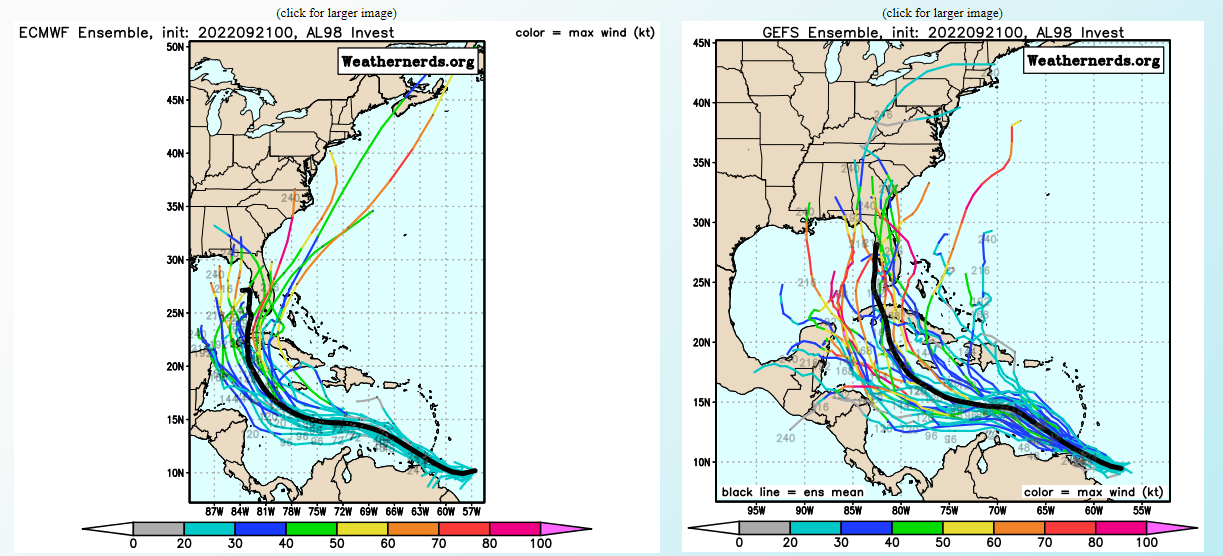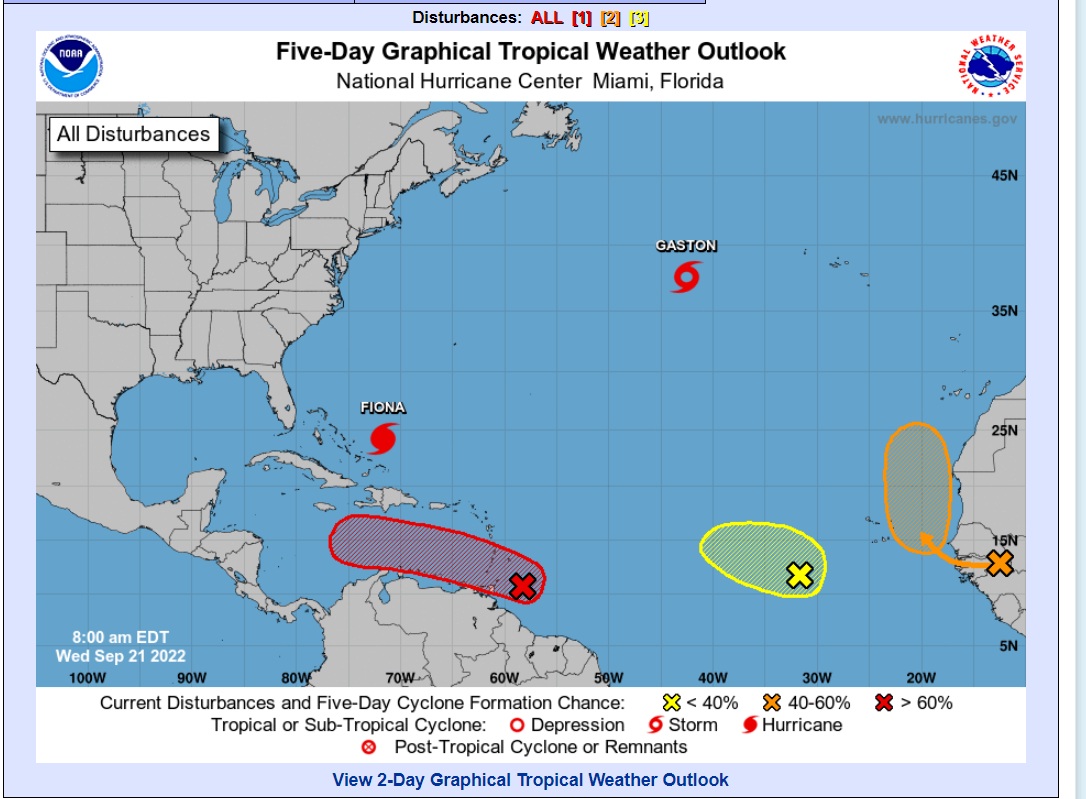With The DOE And FOMC Both On Tap, More Big Swings Appear Likely To Come

It’s already been a volatile day for energy prices, and with the DOE and FOMC both on tap, more big swings appear likely to come.
The big news overnight was Russia announcing it would draft 300,000 reservists to aid its [failing] war in Ukraine. That move seemed to add to bullish sentiment in oil and refined product prices with ULSD up 12 cents not long after that news broke, only to see prices pull back and trade down 4 cents as of 7:30 central. Crude oil and gasoline prices have seen less dramatic versions of those price swings, and are still holding on to modest gains in the early going.
The API reported inventory builds across the board last week, with crude stocks up 1 million barrels (thanks again to large releases from the SPR) while gasoline stocks increased by 3.2 million barrels and distillates increased by 1.5 million. The DOE’s weekly report is due out at its normal time of 9:30 am central.
The FOMC announcement is due out at 1pm central, just 30 minutes ahead of the settlement for NYMEX contracts, which often makes for some wild trading to end the session. Just about everyone expects the FED will raise interest rates by at least 75 points today, with a large focus on what the chairman will say in the news conference following that announcement, which is likely to add to the volatility late in the day.
Gasoline prices on the East and West coast continue heading in opposite directions. NYH gasoline prices have dropped to just even with RBOB futures, and hold just a 3 cent premium vs their USGC counterparts, which marks the lowest spread since the RVP transition in April. Colonial line 1 space was reported to trade at a negative 2 cent value yesterday, which marks the lowest value in 2 years, just a few short weeks after reaching an 8 year high.
While the East Coast is seeing gasoline values crumble, West Coast markets continue to hold premiums of $1/gallon or more as refinery issues and the end of the summer gasoline spec keep inventories at extremely low levels.
Another refinery fire in the Midwest injured 2 employees, and has completely shut operations at the Toledo facility and will keep surrounding markets which have been unusually tight further on edge. That fire is yet another black eye for Husky which is still rebuilding the refinery it blew up in Superior WI a few years ago.
There are 5 potential storm systems being tracked in the Atlantic basin today, which will probably mark the unofficial peak of activity for the 2022 season. Tropical storm Gaston
The most troubling at this point for energy supplies is the system known as 98L that is given 90% odds of being named (Hermine) in the next 5 days. Odds are good that this system will make it through the Caribbean and it could blow up to a major Hurricane once it reaches the extremely warm water East of the Yucatan, but are unclear where it will head once it reaches the Gulf of Mexico. The early favorite looks to be a Florida landfall, which would keep it east of the oil production and refining centers, but will not help the state’s fuel supplies that have been running low for the past 6 months.
Click here to download a PDF of today's TACenergy Market Talk.
News & Views
View All
Energy Futures Are Caught Up In Headline Tug-O-War This Morning
Energy futures are caught up in headline tug-o-war this morning with Canadian oil production concerns and a positive US GDP report trying to push prices higher while sinking Chinese demand worries and Gaza ceasefire hopes are applying downward pressure. The latter two seem to be favored more so far this morning with WTI and Brent crude oil futures down ~45 cents per barrel, while gasoline and diesel prices are down about half a cent and two cents, respectively.
No news is good news? Chicago gasoline prices dropped nearly 30 cents yesterday, despite there not being any update on Exxon’s Joliet refinery after further damage was discovered Wednesday. Its tough to say if traders have realized the supply situation isn’t as bad as originally thought or if this historically volatile market is just being itself (aka ‘Chicago being Chicago’).
The rain isn’t letting up along the Texas Gulf Coast today and is forecasted to carry on through the weekend. While much of the greater Houston area is under flood watch, only two refineries are within the (more serious) flood warning area: Marathon’s Galveston Bay and Valero’s Texas City refineries. However, notification that more work is needed at Phillip’s 66 Borger refinery (up in the panhandle) is the only filing we’ve seen come through the TECQ, so far.
Premiums over the tariff on Colonial’s Line 1 (aka linespace value) returned to zero yesterday, and actually traded in the negatives, after its extended run of positive values atypical of this time of year. Line 1’s counterpart, Line 2, which carries distillates from Houston to Greensboro NC, has traded at a discount so far this year, due to the healthy, if not over-, supply of diesel along the eastern seaboard.
Click here to download a PDF of today's TACenergy Market Talk.

WTI And Brent Crude Oil Futures Are Trading ~$1.50 Per Barrel Lower In Pre-Market Trading
The across-the-board drawdown in national energy stockpiles, as reported by the Department of Energy yesterday, stoked bullish sentiment Wednesday and prompt month gasoline, diesel, and crude oil futures published gains on the day. Those gains are being given back this morning.
The surprise rate cut by the People’s Bank of China is being blamed for the selling we are seeing in energy markets this morning. While the interest rate drop in both short- and medium-term loans won’t likely affect energy prices outright, the concern lies in the overall economic health of the world’s second largest economy and crude oil consumer. Prompt month WTI and Brent crude oil futures are trading ~$1.50 per barrel lower in pre-market trading, gasoline and diesel are following suit, shaving off .0400-.0450 per gallon.
Chicagoland RBOB has maintained its 60-cent premium over New York prices through this morning and shows no sign of coming down any time soon. Quite the opposite in fact: the storm damage, which knocked Exxon Mobil’s Joliet refinery offline on 7/15, seems to be more extensive than initially thought, potentially extending the repair time and pushing back the expected return date.
There are three main refineries that feed the Chicago market, the impact from one of them shutting down abruptly can be seen in the charts derived from aforementioned data published by the DOE. Refinery throughput in PADD 2 dropped 183,000 barrels per day, driving gasoline stockpiles in the area down to a new 5-year seasonal low.
While it seems all is quiet on the Atlantic front (for now), America’s Refineryland is forecasted to receive non-stop rain and thunderstorms for the next four days. While it may not be as dramatic as a hurricane, flooding and power outages can shut down refineries, and cities for that matter, all the same, as we learned from Beryl.





